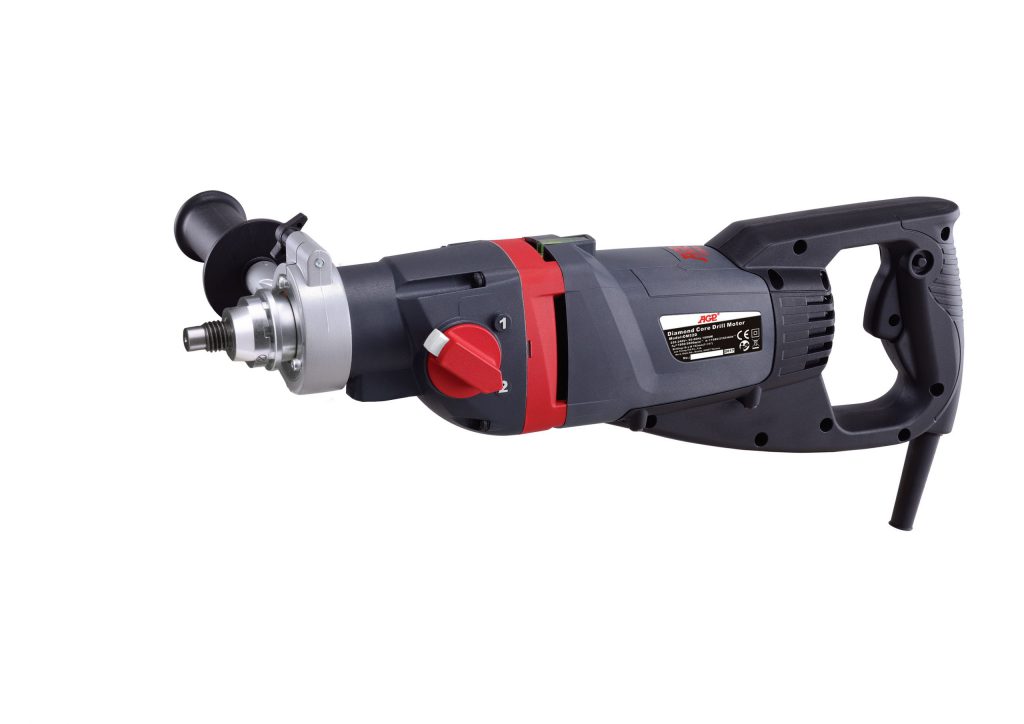Product Stirling engines are interesting and fun to develop…but they may be hard to fully grasp. In the event you’re enthusiastic about product Stirling motors but are uncertain precisely what they may be or why they’re so excellent, this post will response several of your queries. The Stirling generator is named because of its inventor, Robert Stirling. This is a sealed-cycle regenerative warmth engine. It operates by regularly compressing and growing oxygen or other gasoline called the operating fluid at distinct temp degrees. The warmth power generated helps make the engine work. Find out here now https://www.lesdiy.com/collections/puzzle-3d.
A Stirling engine is undoubtedly an additional combustion generator, such as a steam generator. Which means that the entirety of your engine’s heating moves inside and outside throughout the mass of your motor, from an outside heat source. But in contrast to a water vapor generator, which utilizes h2o in water and petrol structure, Stirling motors use just the gasoline varieties of liquids such as hydrogen, helium or air. This working liquid is compressed, heated up, enhanced, and after cooled once again in an on-going period. Stirling motors have a repaired volume of doing work substance. The engine is covered, so not one of the gas simply leaves the generator, and none enters from outside. If you have a set amount of petrol inside a set amount of place, rearing the temperature of the fuel will increase its tension. When you compress the petrol, its temperatures will go up.

The fuel is moved to and fro among cold and hot heat exchangers. To put it just, a simple LesDiy Stirling motor functions like this: A very hot heat exchanger a warmed up cylinder is subjected to an outside heat source, which then heats up the gasoline for the reason that tube to result in pressure of your petrol to improve. This increased tension definitely makes the cylinder from the warmed tube move straight down and attain job. The tube on the reverse side goes as other goes down, and that then pushes the heated petrol into the cool warmth exchanger, or chilly tube. The frosty tube is cooled through the background heat from the encircling surroundings or by an outside way to obtain frosty